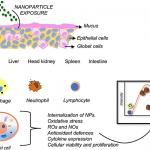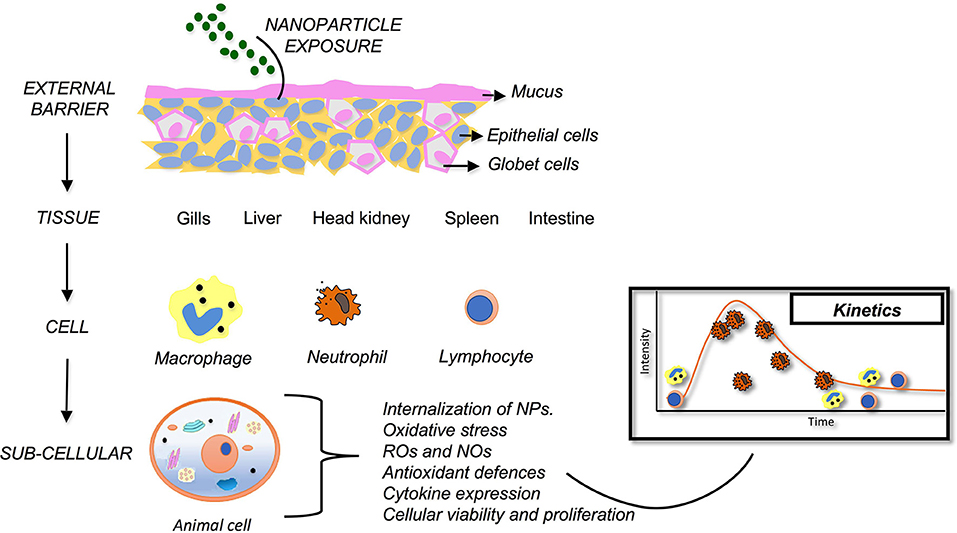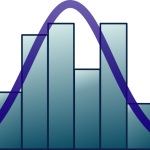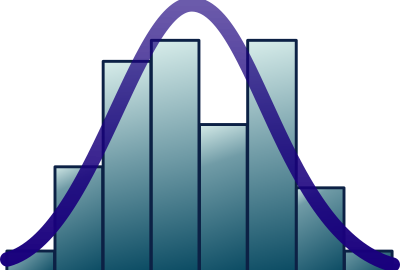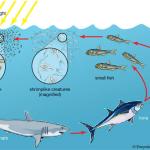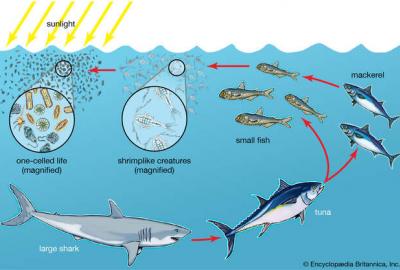Cellular and Molecular Biomarkers
Directed at students aiming to specialise in environmental toxicology, with a focus on cell and molecular biology; global/updated view of environmental problems and the use of cell/molecular responses as early warning signals (biomarkers) of ecosystem health in pollution assessment. Aims at providing a global/updated view of environmental toxicology and the use of cell/molecular responses as early warning signals (biomarkers) of ecosystem health in pollution assessment. At the end of the Unit, the student should be aware of the relevance of the cellular and molecular mechanisms of accumulation/detoxification of metal and organic xenobiotics, in relation to the diagnosis of toxic levels relevant to bio-monitoring, biological effects assessment, ecosystem health, and environmental risk assessment.
Course Contents
- Introduction to cellular and molecular biomarkers of pollution: examples and applications in monitoring programmes.
- Biomarkers and bioassays for endocrine disrupting environmental pollutants.
- Techniques to measure cell and molecular biomarkers.
- Toxicity of metallic pollutants, in relation to cellular accumulation and storage processes.
- In vitro alternative methods in biomarker development: potential of mussel cells primary cultures for toxicity testing of environmental pollutants.
- Generation of oxyradicals and oxidative stress in marine organisms.
- Mechanisms of pollutant-induced peroxisome proliferation and rationale, for use as a biomarker in environmental pollution assessment.
- Biotransformation of organic xenobiotics.
- Lysosomal perturbations as indicators for toxically-induced cell damage.
- Biomarkers for assessment of toxicant-caused DNA damage.
- Challenges for use of biomarkers in environmental monitoring and risk assessment.
- Practicals:
- Biomarkers of exposure to metals.
- Assessment of peroxisome proliferation.
- Lysosomal biomarkers.
- Genotoxicity assessment.
- Seminars
- Application of biomarkers to case studies.
Final Competencies
- Understand the mechanisms of action incorporation into cells, as well as the cellular strategies to detoxify and/or sequester physiological metals at toxic concentrations and xenobiotic metals, depending on the characteristics and speciation of metals.
- Understand the cellular and molecular responses to pollution by organic xenobiotics, including their biotransformation, involvement in oxyradical generation, and mechanisms and 1 strategies of cellular and molecular adaptation.
- 3 Understand the cellular and molecular pathways that lead to toxicant-caused genotoxic and non-genotoxic DNA and chromosomal damage, including repair mechanisms, and further development of pre-neoplastic and neoplastic diseases.
- Understand the importance of pollutant effects on cell signalling and homeostasis of the endocrine system, with emphasis in ecologically-relevant effects on reproduction.
- Understand the implications of the changes at cellular and molecular level, in the general health condition of the individuals and the natural populations, with the aim of achieving a reasonable and sustainable exploitation of natural resources.
- Understand the rationale for the use of cellular and molecular responses to pollutants in environmental monitoring and in environmental risk assessment, including the limitations and challenges of the approach. Role of emerging toxico-genomics and proteomics in new biomarker discovery.
Further course information can be found here: https://studiekiezer.ugent.be/2026/studiefiche/en/C004346

